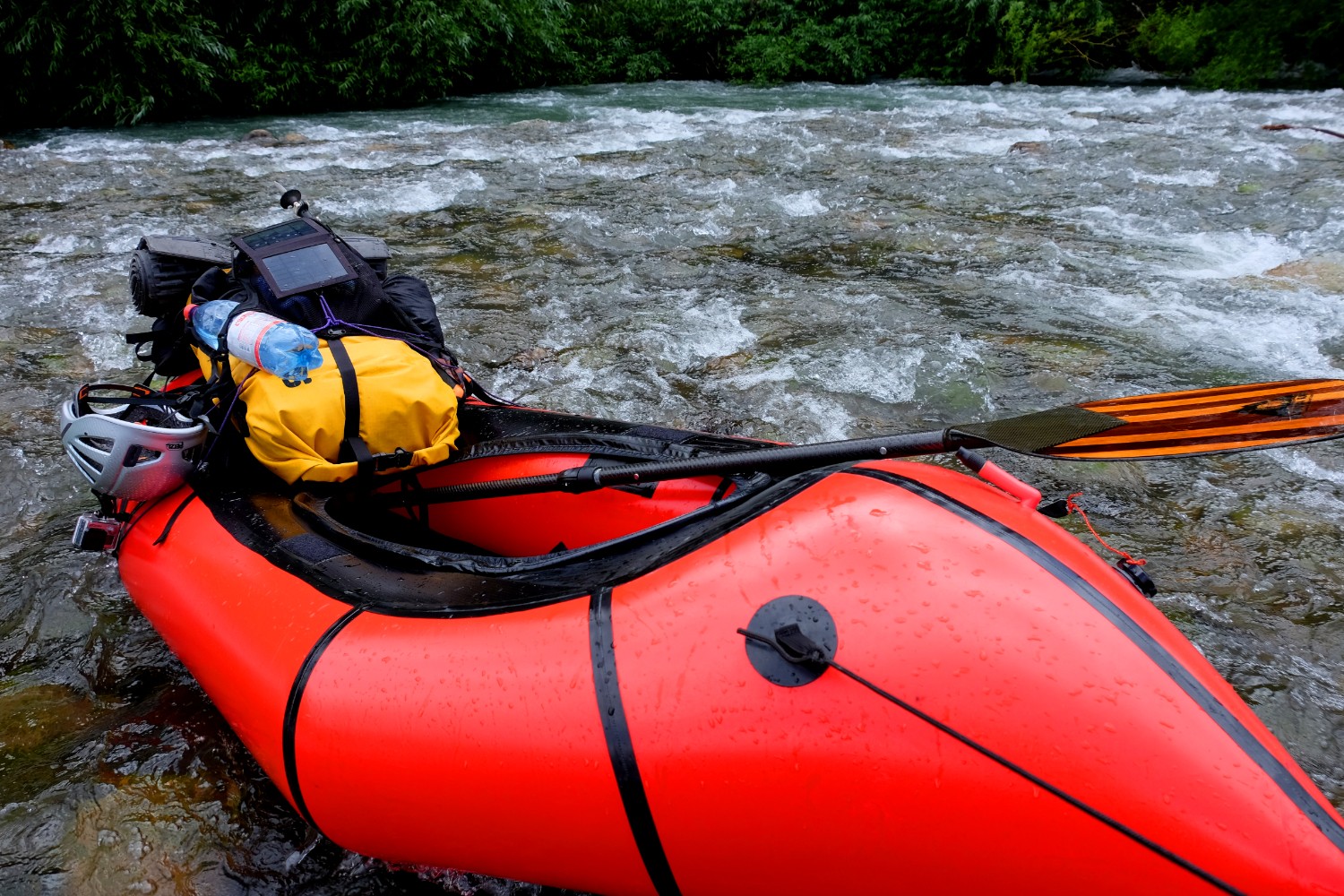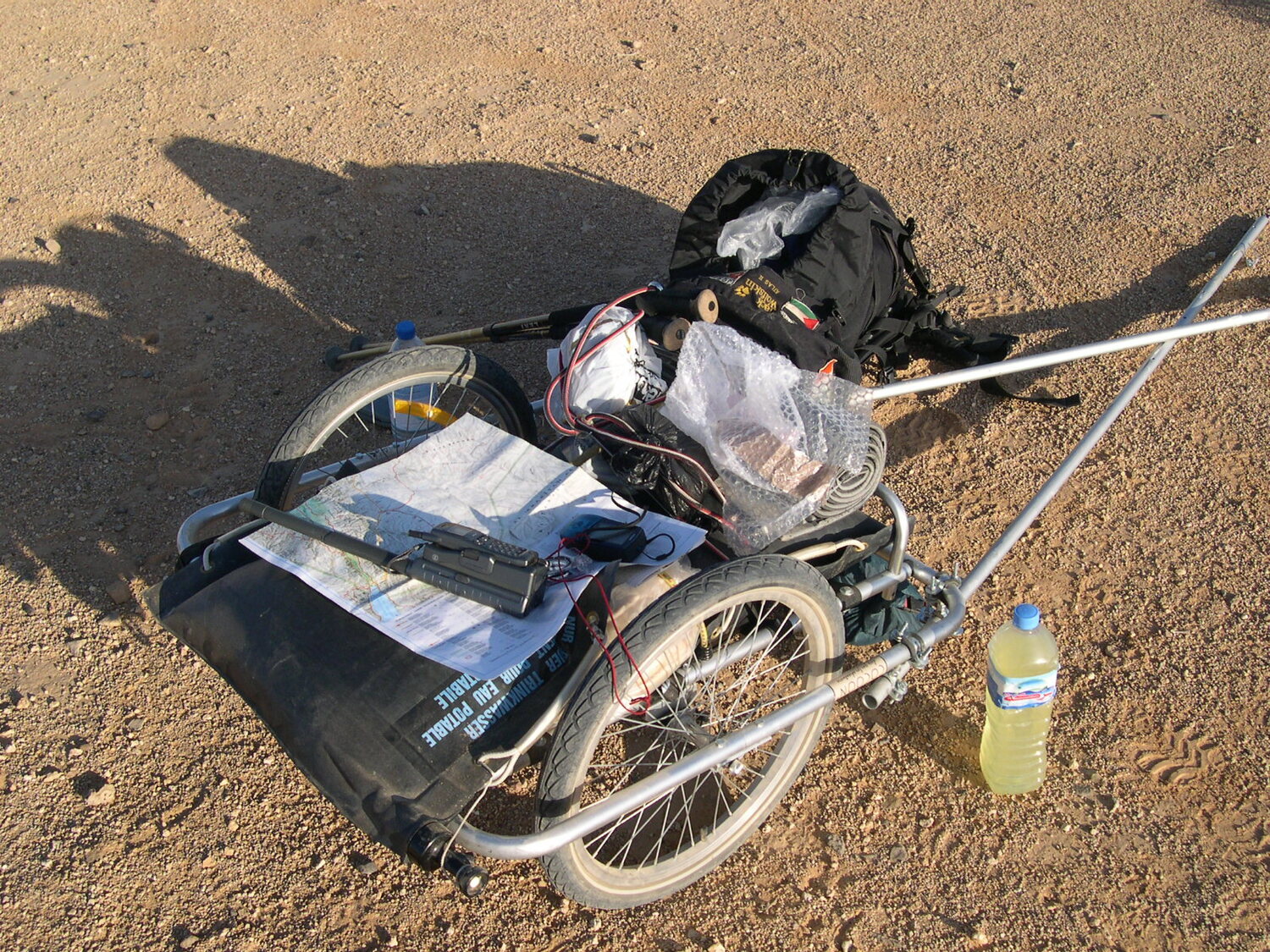Introduction to Multisport Adventures
“If you’re doing multi-sport things it’s helpful to be super proficient in at least one of those activities that you’re doing. And that should be the bulk of your first trips. Make the other sports a smaller part. You need to be confident that you’re going to get the most out of your trip.” - Steve Fassbinder
Introduction
For the last 15 years, I have been hiking parts of this blue planet mostly in the traditional way: You pack your things into a backpack, plan a route and off you go. A lot of trips ended up in a great combination of hiking and experiencing foreign cultures. This is at least the case for ordinary hiking trips in explored regions without huge natural, cultural and political challenges. The effort for addressing risks and preparing in general increases if you intend to hike into unexplored, complicated areas coined e.g. by political instability, natural challenges (desert, cold, etc.)
For me personally, times have changed. With the invention of new technology for outdoor sports, outdoor enthusiasts like me are provided with a broader variety in order to enjoy adventures in the nature. Below I will discuss two inventions that significantly changed the way I was doing outdoor sports throughout the last years.
Packrafting
A packraft is a lightweight inflatable boat that can be used in order to overcome obstacles like rivers, lakes and even parts of the ocean. It basically enables you to continue your journey in situations where you were forced to stop and turn around due to rivers, lakes, etc. The packraft comes along with an additional load of approx. 3-4 kg (depending on raft, additional equip like dry suit etc.). Although still relatively small and primarily US driven, the packrafting community is growing also in Europe.
As expected, packrafting requires to get familiar with a new set of safety equipment that needs to be brought along. Besides the PFD (Personal Flotation Device), which needs to be chosen carefully, additional items such as a helmet, shoes, dry suit etc. will complete your setup. In case you really intend to do extensive trips on large water, think about buying a sail for your packraft. However, the capabilities of a packraft do not end here - check out the amazing Logan Traverse by Luc Mehl et al where packrafts where basically used as sledges.
I bought my first packraft in 2011 and by doing so, I entered a complete new landscape of outdoor trips. During the first months, I primarily did weekend hiking-packrafting combinations in Switzerland which typically consisted of a hiking part on Friday/Saturday and a packrafting part on Sunday. Later on, I did some nice trips in South America which gave me a complete new perspective of the nature I was traveling through. While I did primarily easy trips, the difficulty level of the river depends on your personal skill level - there are people out there who really push the packraft to its limits. In case you intend to do an extended packrafting trip for several weeks, check out this one and this one.
Today, the packraft is one of my favourite outdoor items and I’m looking forward to the huge variety of possible trips and combinations with other items (perhaps hiking trailer + packrafting combo?) in the future.
Hiking Trailers
Another invention that had quite a huge impact on my outdoor trips and behaviors in the past, is the hiking trailer. Several people already used trailers for interesting trips around the world.
While I built my own trailer for past trips through the deserts of Egypt, Jordan and Syria, I decided to buy a professional one for the Altiplano Desert Hiking Trip in South America in 2016. The final choice was the Benpacker Hiking Trailer - however, I did some investigation on the Monowalker beforehand as well.
In arid areas, the hiking trailer basically provides the same feature as pulka/sledge do in winter landscapes: additional load (e.g. food, water, equipment etc.) can be carried in a more comfortable way. In South America, the load on my trailer was sometimes almost 35 kg - 22 kg of water only. This additional capability broadens your flexibility tremendously - you simply don’t rely too much on places to resupply anymore.
The downside of hiking trailers, similar to the pulka, is the fact that they heavily depend on the surface of the landscape. In desert areas, things can get complicated in case the surface is sandy - bigger wheels as well as more physical efforts are needed in such cases. In case the surface is flat and firm without sandy parts, similar to the surface of the Salar de Uyuni, a trailer can be an awesome toolkit to bring with.
Conclusion
Hiking was and still is the most essential and biggest part in the trips I made so far. A lot of skills you achieve during hiking trips will be very useful in multisport adventures as well since the basics (e.g. choosing the right gear, navigation, weather etc.) are the same.
And the good news is: The community around multisport adventures is just getting started - we will see more amazing combinations and trips in the future where adventurers will push different toolkits to their limits. Hyperlite Mountain Gear (HMG), an US based high-end outdoor gear company, is pushing the topic of multisport adventures and already published reports where different tools have been used in combination during fascinating outdoor trips. On this trip, folks even created their own homemade wooden skis which they burned after usage. So you can see: If you apply the right tools to the right landscape, limits can be further pushed.
Perhaps I will find some time to do a multitool adventure with the combination: packraft + hiking trailer + hiking. Tibet and the large plain fields of Mongolia could be a an interesting playground for these kind of trips. Nevertheless, trips like these require a huge amount of preparation since by adding an additional toolkit to your trip, you automatically add an additional layer of risks that need to be managed. At the end of the day, outdoor sports are all about risk management.


